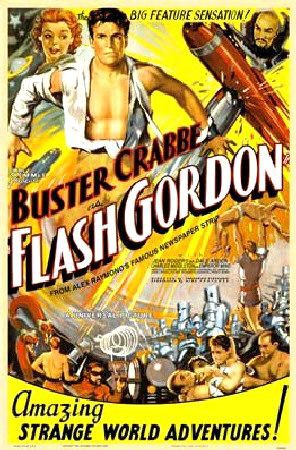 Figures out from IDC show a strong demand for Flash Drives in the first part of the year.
Figures out from IDC show a strong demand for Flash Drives in the first part of the year.
Customers are embracing the technology, and the result was a doubling of sales compared to last year.
An IDC analysis of what happened in Q1 would have made great reading for storage vendors that have backed flash with sales growing by 100 percent year-on-year in EMEA.
That contrasted with a 34.5 percent drop in the traditional hard disk drive market as a number of factors took their toll on the demand for that tech.
IDC research manager, European Storage and Datacenter Research, Silvia Cosso said that Brexit uncertainty, unfavourable exchange rates, major vendors’ internal reorganisations, and increased component costs for SSD have weighed down on EMEA performance once again, making 1Q17 the ninth quarter of uninterrupted decline for the region.
“However, as enterprises progress in their digital transformation paths, sales of all-flash array systems, standalone or converged, see no crisis in sight, doubling their sales compared to the same period a year ago and reaching a quarter of total sales,” he added.
That growth of flash could not happen unless it became a genuine option for the SME community and technology that is now a strong channel play.
IDC Europe research manager Archana Venkatraman the accelerated growth in all-flash arrays this quarter shows that flash storage has entered not just large enterprise data centres but even medium-sized and small businesses in Western Europe.
“With flash storage solutions evolving to support mixed workload consolidation and offer rich data services, many more businesses are exploring the use of flash for their primary storage needs,” Venkatraman said.
Dell remains the market leader in the external disk storage systems market in EMEA, but it suffered a 21 percent drop in growth in the first quarter. It’s rival NetApp had a better start to the year with a 9.2 percent climb, and IBM was also enjoying demand with a 16.2 percent growth year-on-year.





